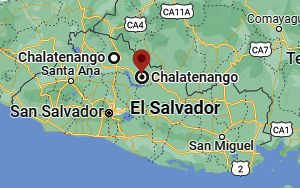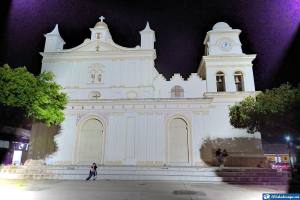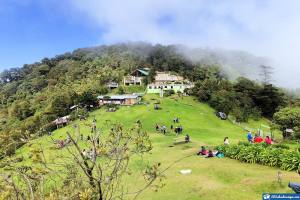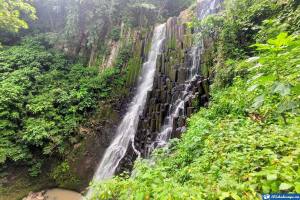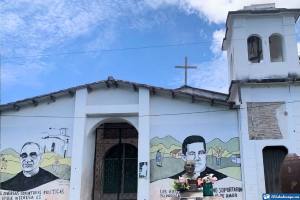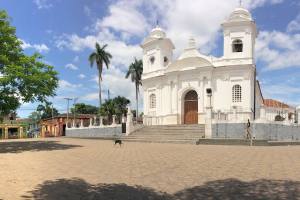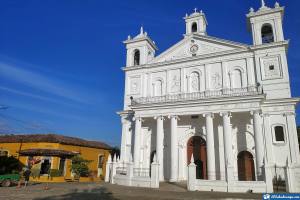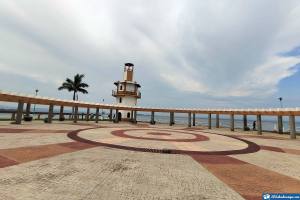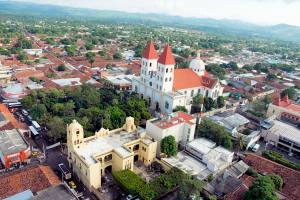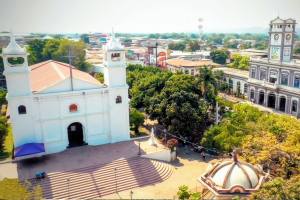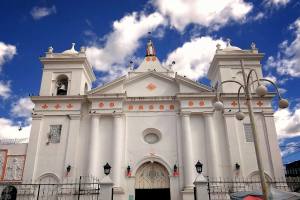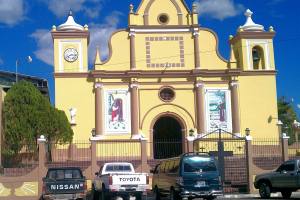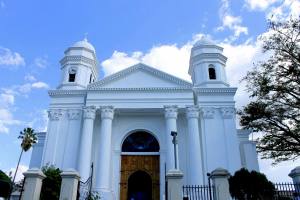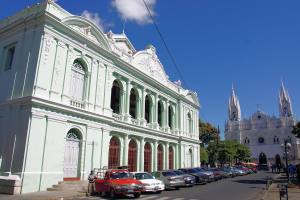Chalatenango is one of the border departments of El Salvador, and although it does not have direct access to coastal areas, it has beautiful tourist sites. One of them is the highest peak in the country, surrounded by an incomparable landscape, formidable weather, and a great variety of activities.
But this is not all. Chalatenango Department is a destination where you can learn much of the Salvadoran culture and traditions. Its history, architecture, and artistic manifestations make this place a favorite destination for nationals and foreigners.
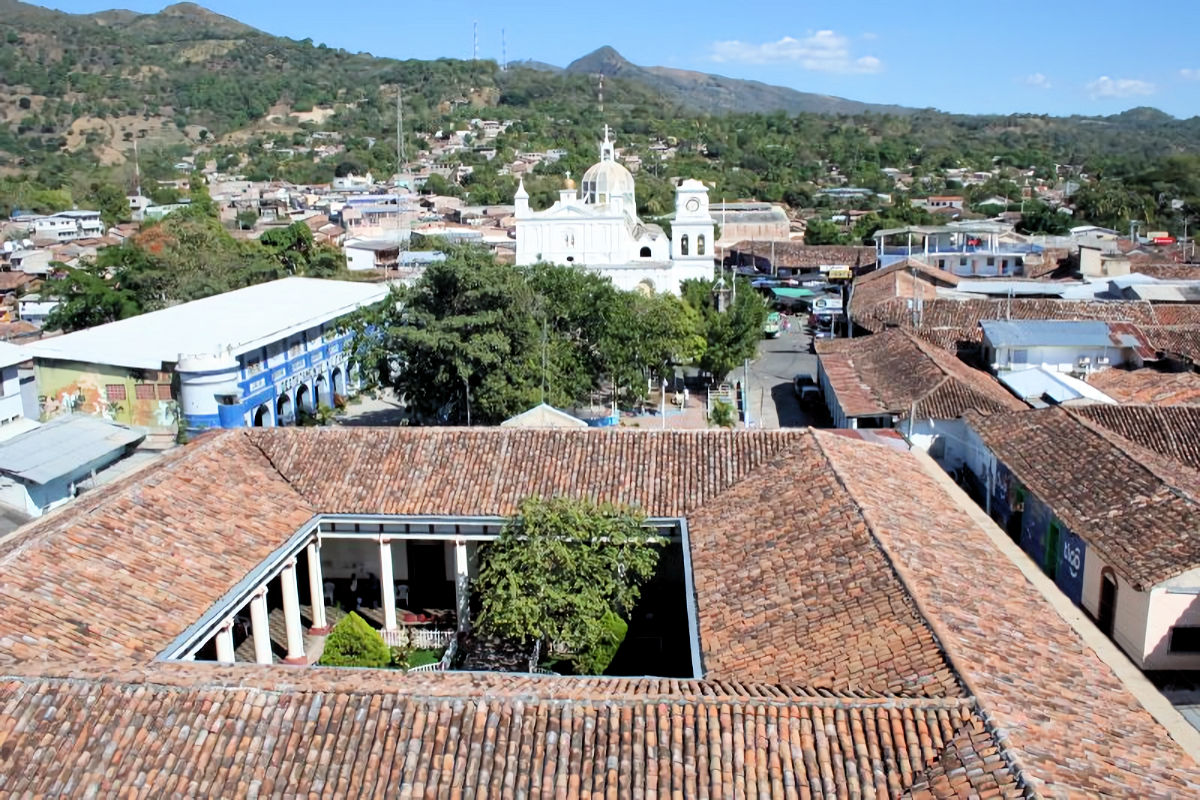
CHALATENANGO DEPARTMENT - Departments of El Salvador. Photo by MARVIN SOLIS. Wikimdia Commons.
If you are organizing your vacation and want to visit Chalatenango, here are the city’s most emblematic places.
Chalatenango Data
| Country: | El Salvador |
|---|---|
| Category: | Departments |
| Capital: | Chalatenango |
| Surface: | 2017 km² |
| Population: | 275,100 |
| Tip: | Ideal both for enjoying the cold weather and nature. |
What to see and do in Chalatenango Department
Do you know why tourists increasingly visit Chalatenango? This department alone has it all. You can get accommodation of all kinds, whether you travel with family, friends or alone. In addition, some restaurants offer both traditional and national dishes.
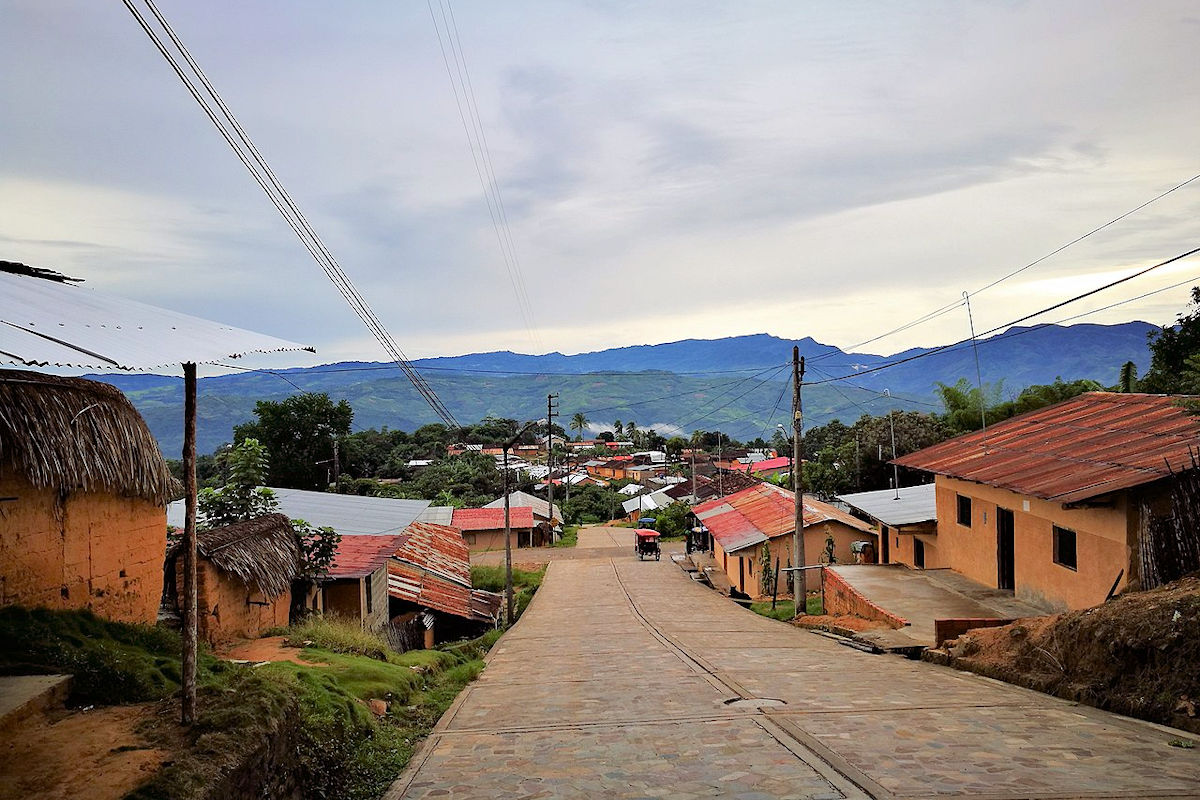
Similarly, you can choose from a wide variety of tours and tourist routes that will take you to know every corner of Chalatenango Department. Among the most popular is adventure tourism, which is linked to ecotourism.
It is preceded by rural tourism and, finally, agrotourism. In summary, it is a high-altitude department. Given the climatic conditions, it is a destination with fauna, climate, and flora that can only find in this little piece of El Salvador.
Monuments and sites of interest
If you want to do some rural tourism, in Chalatenango Department, you will find monuments of great importance in each municipality. One is in Citalá, and we are talking about the Immaculate Conception of Mary Church, right in front of its central square.
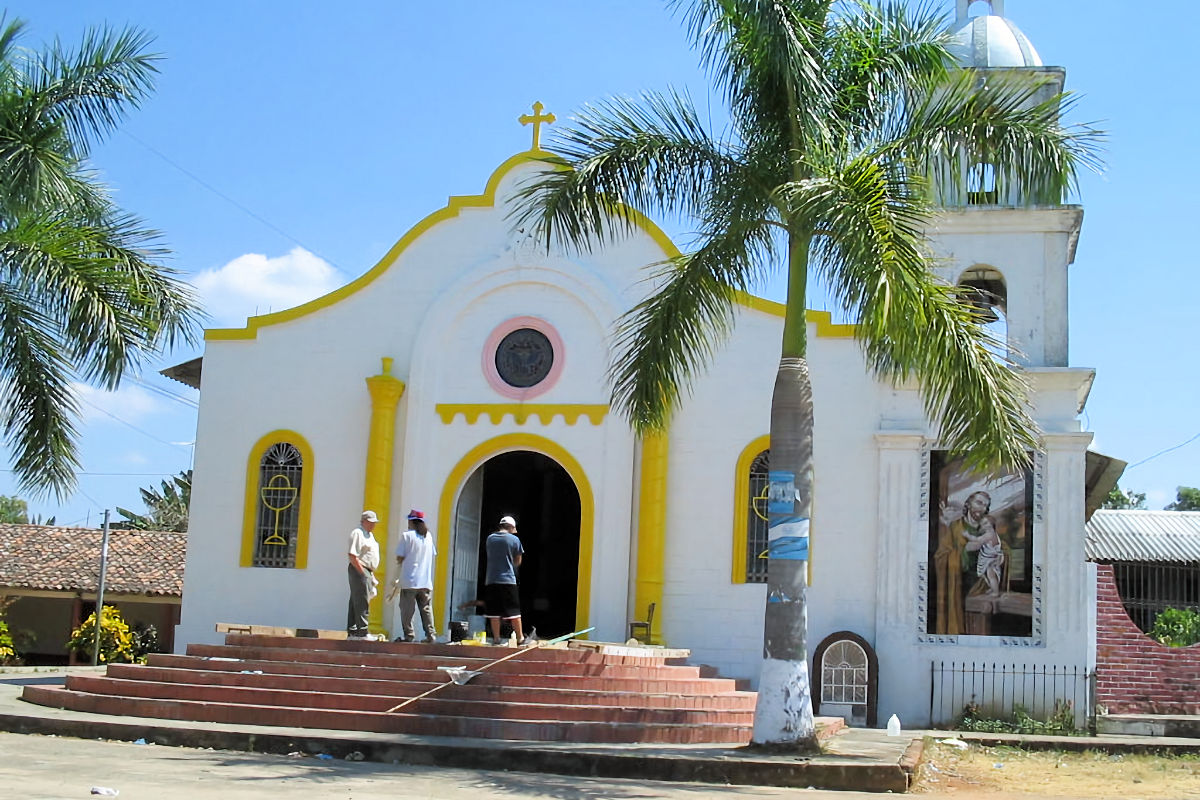
In its surroundings, you can find lodging, and if you like, you can go to the pools fed by the Lempa River. Another monument is the Church of San Antonio de Padua in Comalapa, built at the end of the 19th century.
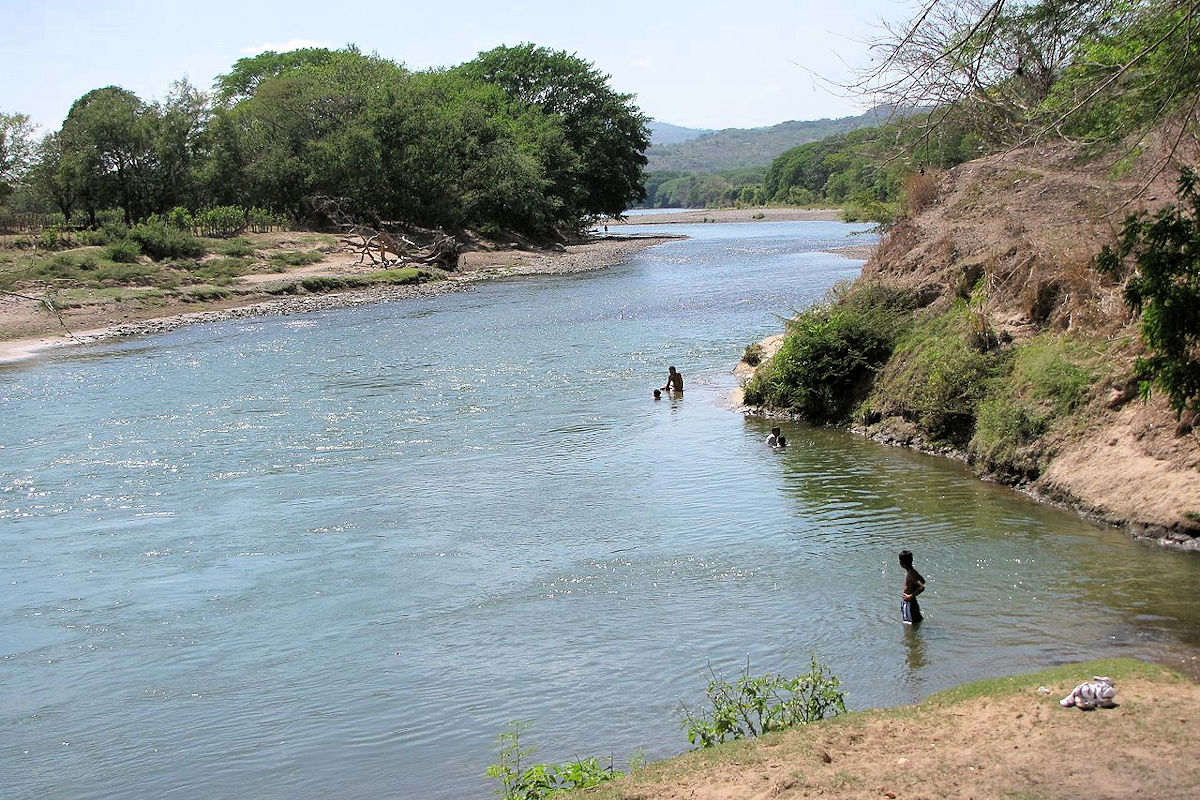
Next, we find the Municipal Palace of Chalatenango, which has functioned from 1916 to the present. But if we talk about history, we cannot fail to mention the hamlet of Las Aradas, recognized as a Cultural Asset of the Nation.
This distinction was granted as a commemoration of the massacre of El Sumpul, where dozens of people died during the civil war. Every year, a pilgrimage is made along the route, followed by the victims before they were ambushed.
Last but not least, we find the Santa María Archaeological Site, which was flooded during the construction of the Cerrón Grande reservoir. Now there are only relics of some ruins on its banks.
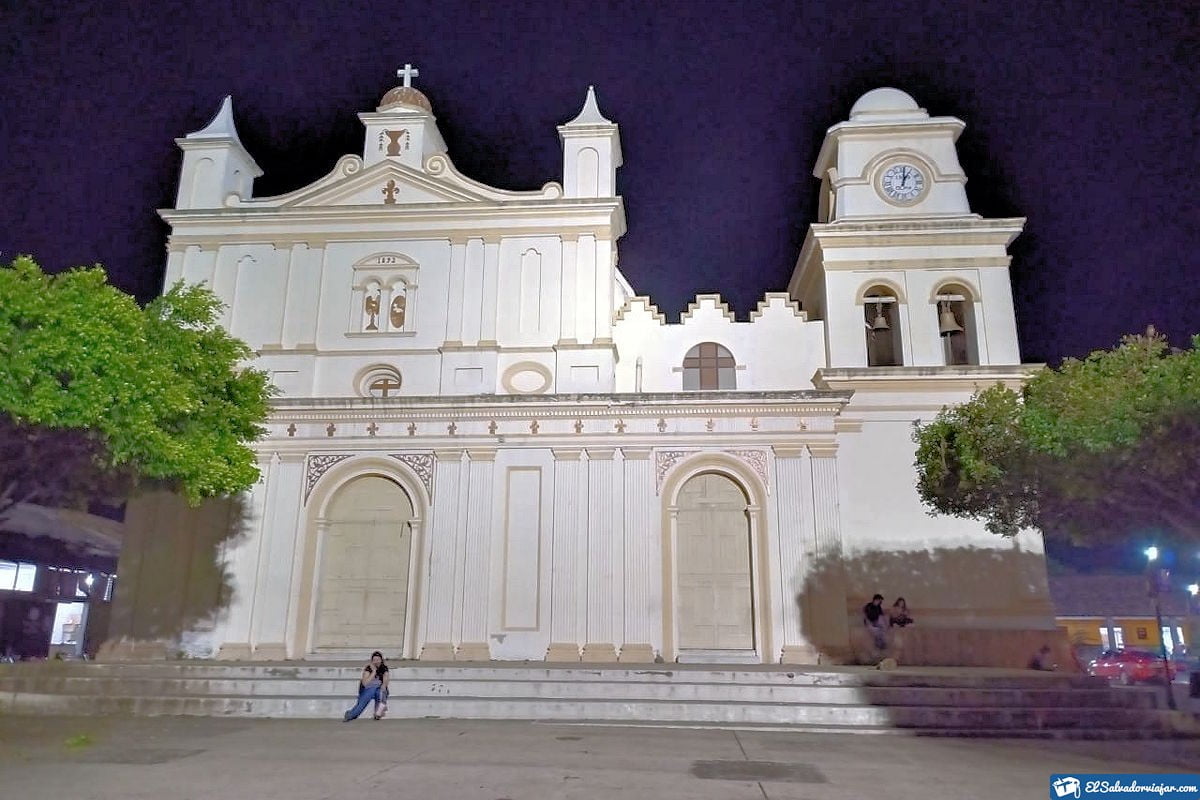
Also, you can visit the archaeological site of Las Mataras where exploratory excavations have been carried out. Access is complicated, so it is not frequently visited.
Attractive places to visit
After knowing some of the monuments of Chalatenango Department, it is time to delve into the most attractive touristic places you should know. Let’s start by talking about El Pital hill in the municipality of San Ignacio.
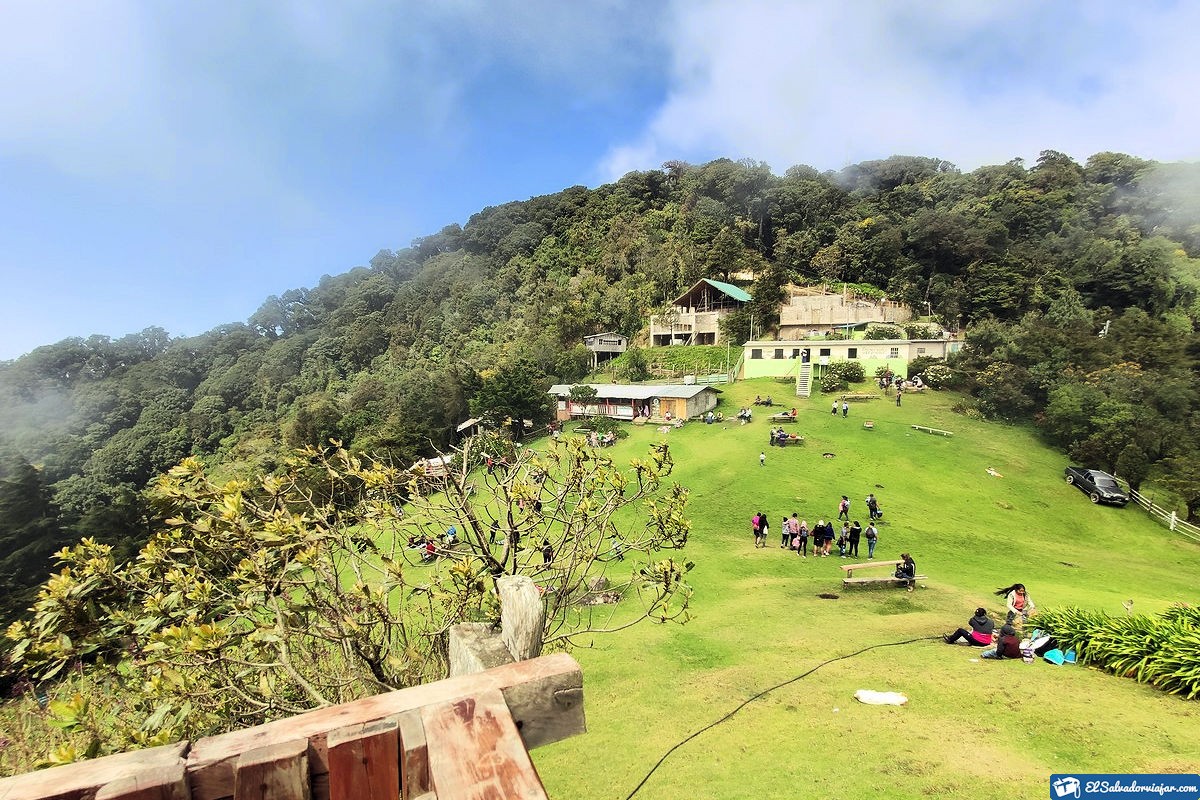
This peak symbolizes the region and El Salvador, representing the highest point at 2,730 meters above sea level. Here you can live a unique ecotourism experience, surrounded by a beautiful landscape, ample vegetation, and an incredible view.
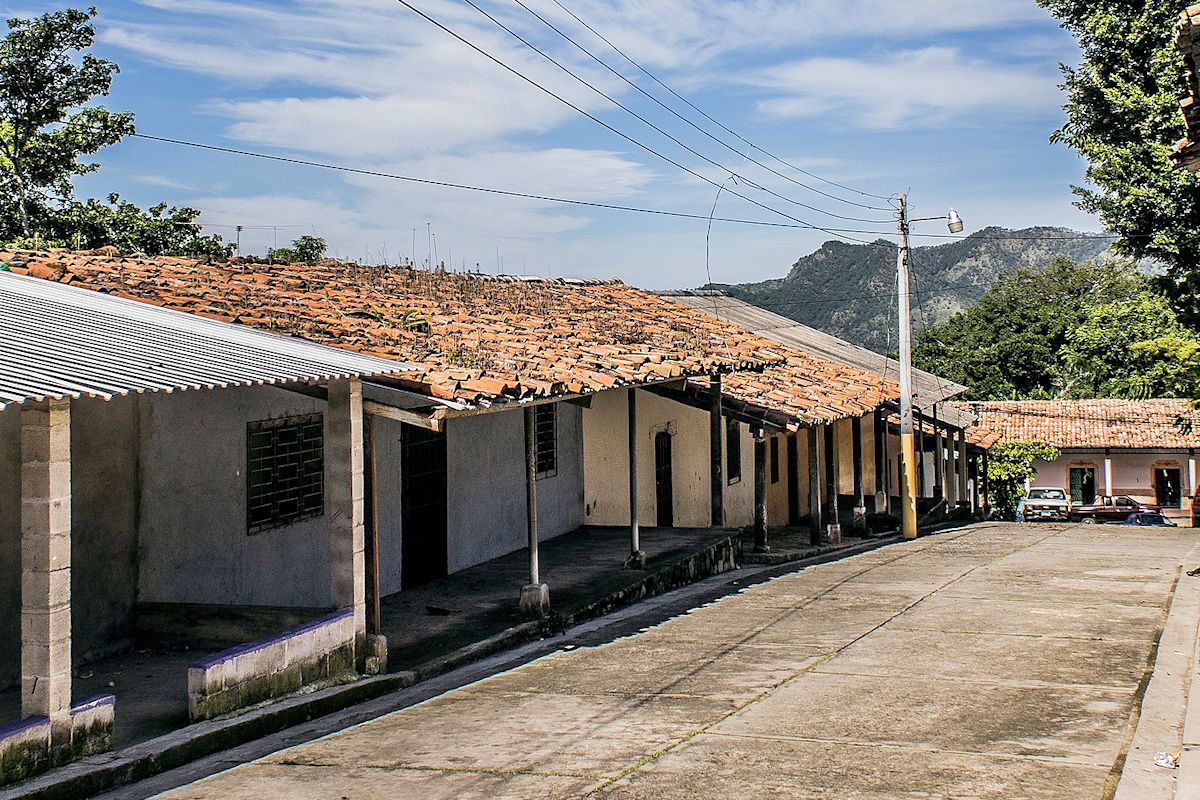
Once you have reached the summit, you will find areas for camping and the more adventurous. You can paraglide or rappel on one of its slopes. In Chalatenango, you will also find the Cerro Miramundo, with a height of 2,400 meters above sea level.
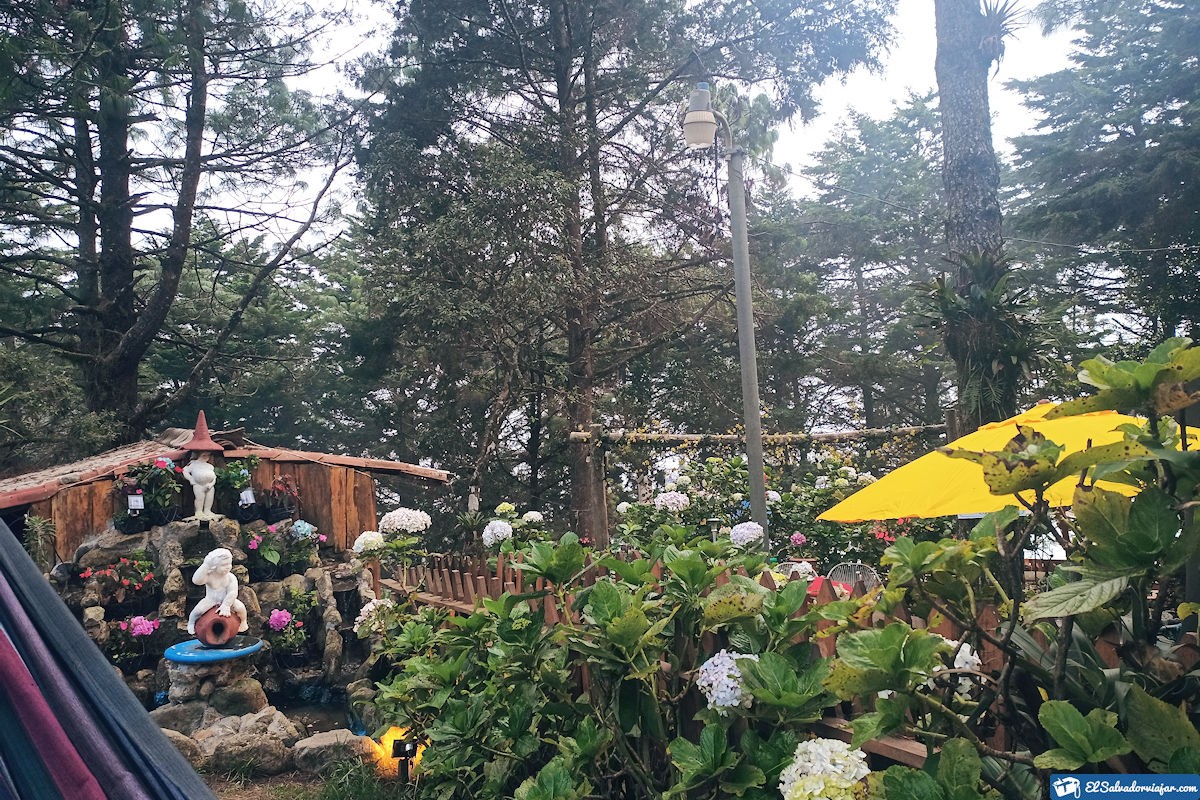
To reach the summit, you must go through the middle of a dark forest of cold weather, but the view and the sunsets at the end of the tour will leave you fascinated. From there, you can observe a significant part of El Salvador while enjoying the best evening.
We continue the tour to reach the Sumpul River, which originates in Honduras and enters from one of the highest points of Chalatenango, and its natural course takes it to flow into Cerrón Grande.
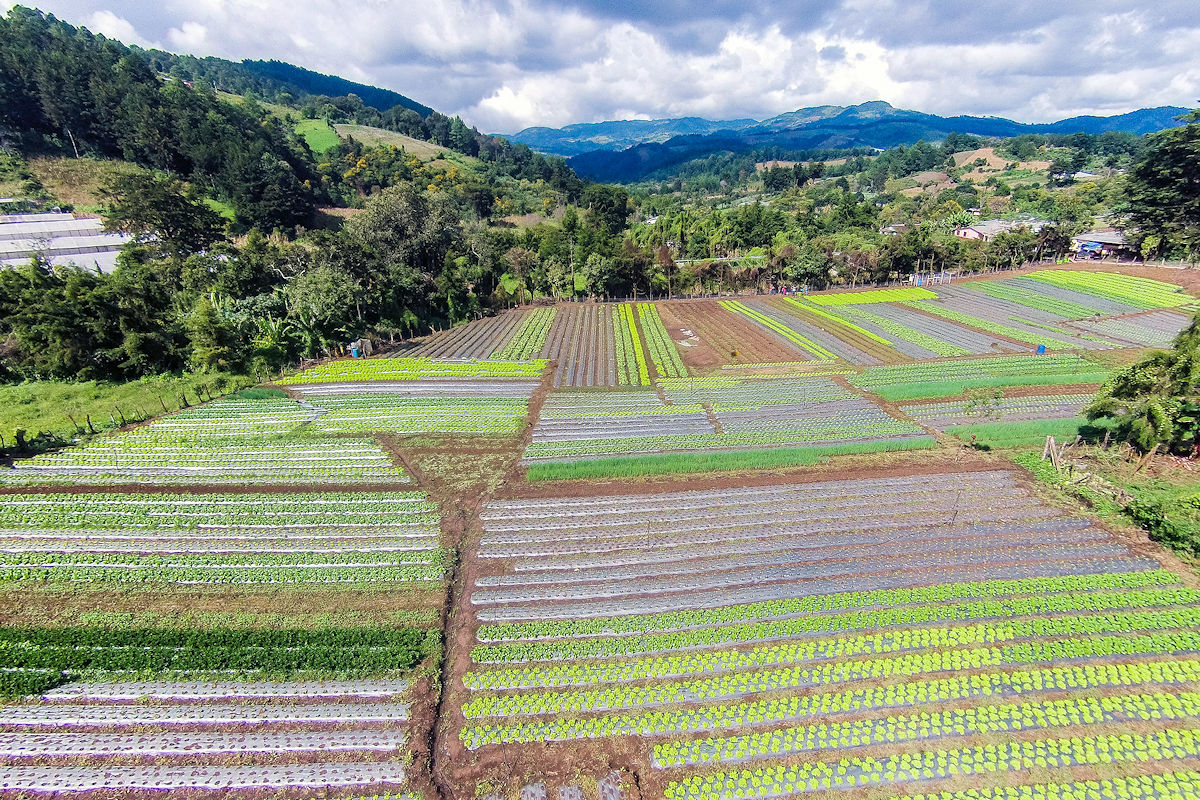
Given its size, you can choose whether to take advantage of its waters in San Isidro Labrador, San José Las Flores, and Ojos de Agua, among others. If you want to enjoy the river, you can go to Turicentro Sumpul, which offers full-service facilities at no cost.
Finally, we have La Puntona, whose history is fascinating. It is located at one end of the enormous artificial water mirror in the country, Lake Suchitlán, and its name comes from the point formed during the construction of Cerrón Grande.
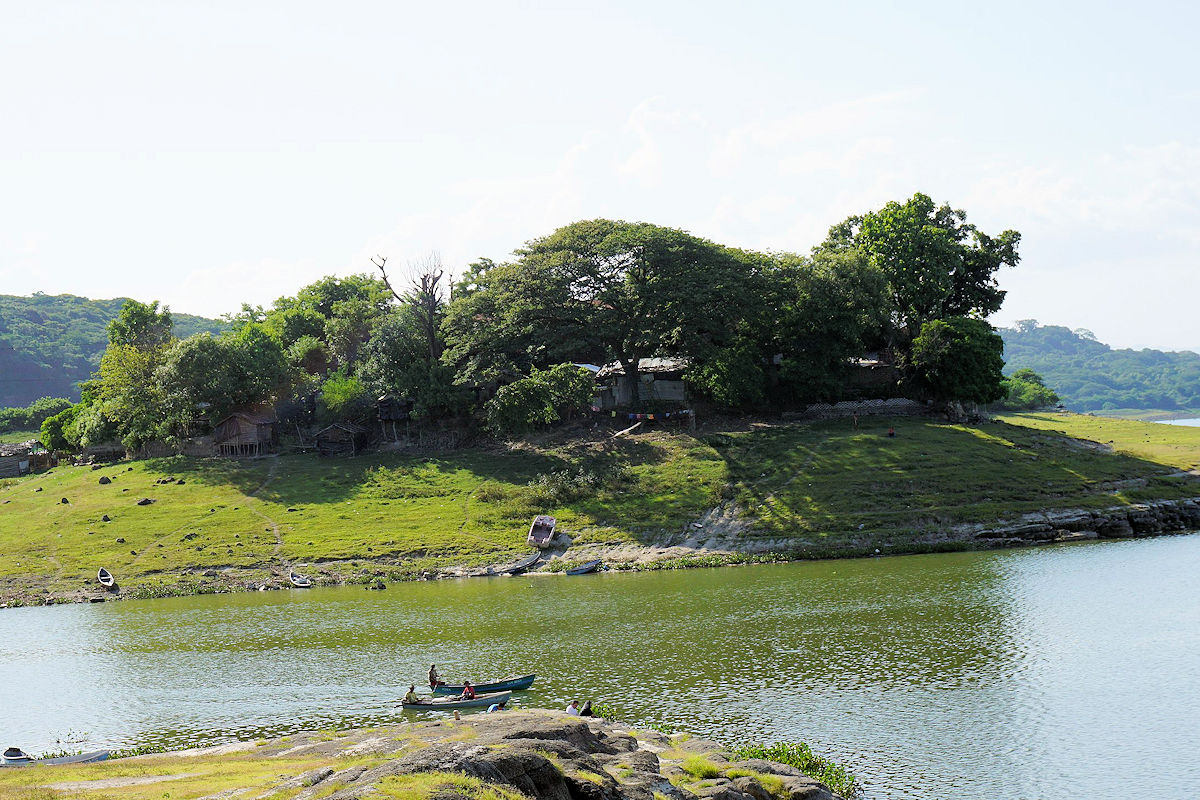
It caused flooding in nearby towns and municipalities of Chalatenango. It is in La Punta, where the most popular tourist spot is throughout the year. You can go on boat and jet ski rides, camping, cooking, fishing, and many other activities there.
Destinations near Chalatenango that you should visit
If you are looking for a quiet vacation experience, we recommend visiting the nearby towns in Chalatenango Department on an agro-tourist route. Starting in La Palma, a city known as “La Cuna de la Paz” (the cradle of peace).
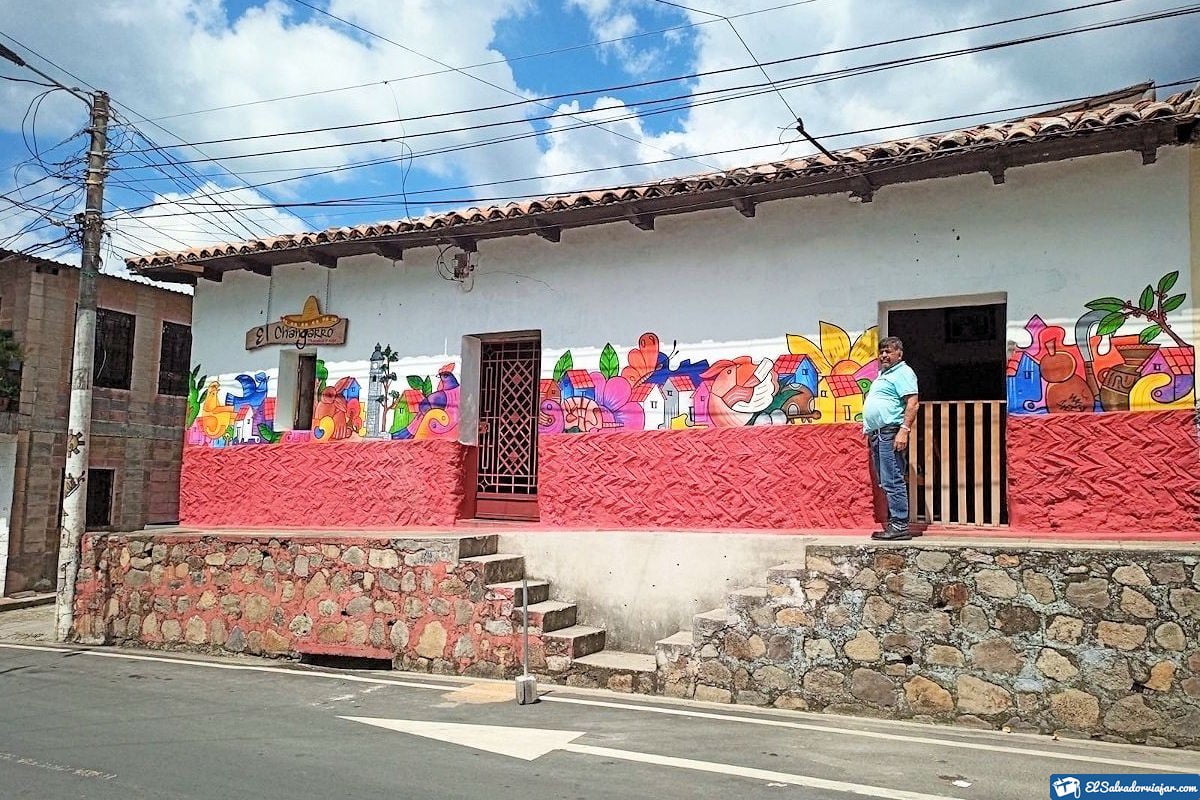
You can find restaurants, lodging, and craft stalls in its historic center. Next, we see the Chalateco town of San Ignacio, where you can choose whether to go up to Cerro Miramundo, El Pital, or Las Pilas. But you can also go to Rio Chiquito and discover the cultivation of the region.

Now, if you want to visit Las Pilas, you will not only be able to enjoy fields full of crops. At any time, you will feel how the weather invites you to rest, but if you decide to walk the streets, you will come across wildflowers that grow on the sidewalks.
History of Chalatenango Department
Etymologically speaking, Chalatenango means “Valley of water and sand,” a name given by the Pipil people. According to the records, its first inhabitants were the Lenca tribes that had to abandon their lands after the invasion of the Pipils led by Cuzcatlán.
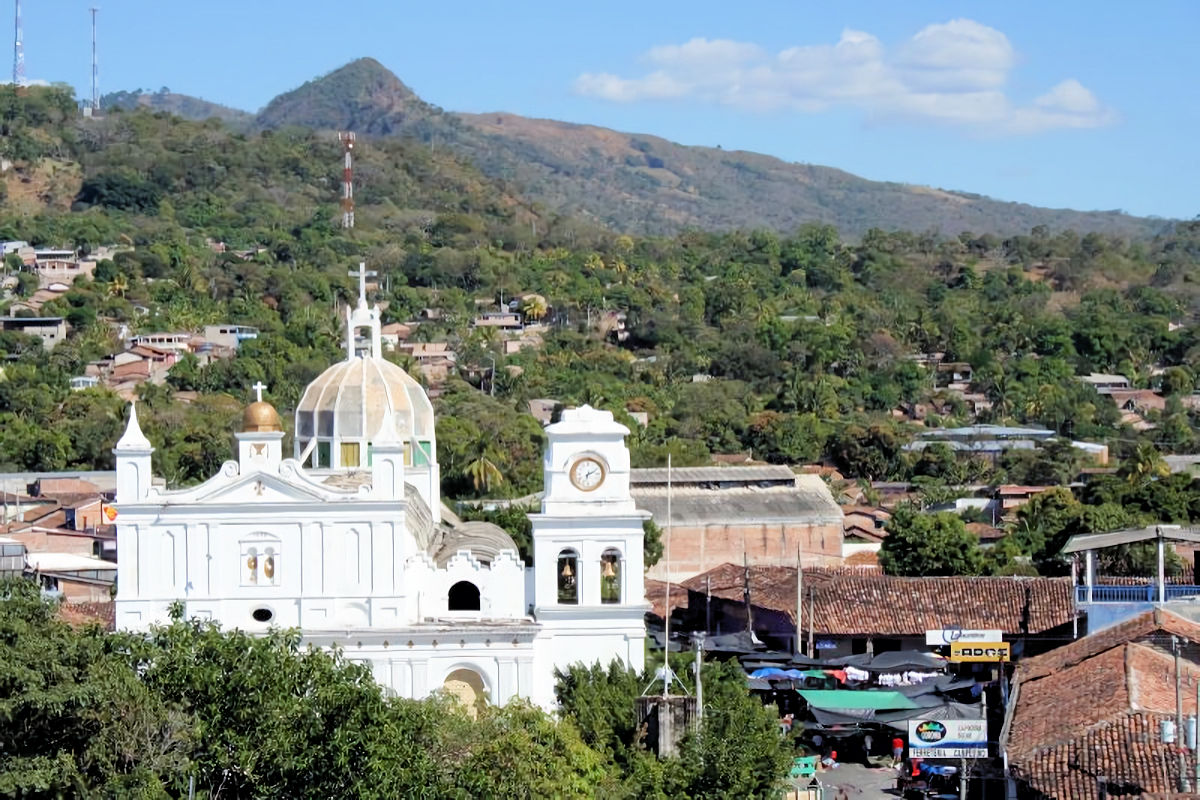
From 1500 to 1536, the Pipils resisted other invading indigenous peoples and even the Spaniards without being able to achieve victory. Once the Spaniards settled in the place, they gave the region the name of San Juan Chalatenango.
It was part of a mixture of both cultures. All because they used to baptize the towns with the names of saints. By the XVIII century, Chalatenango became part of San Salvador after families repopulated it from Galicia and Asturias.
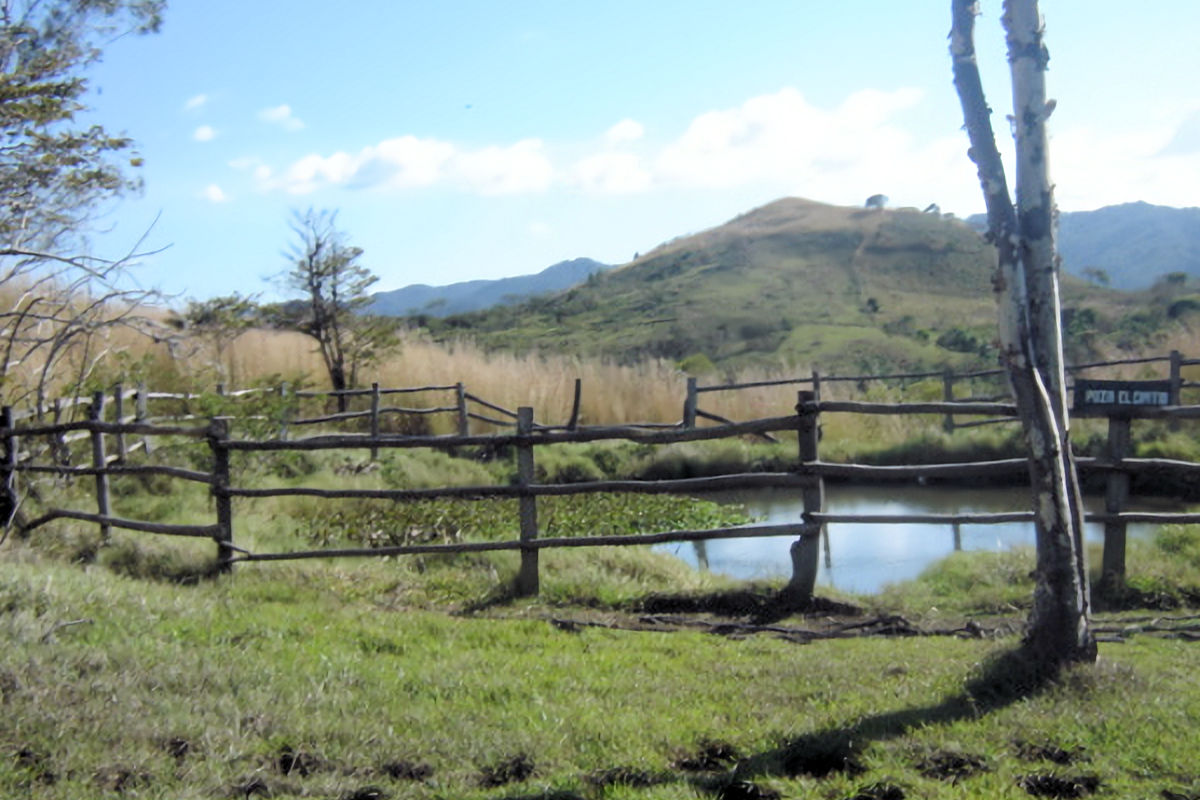
Later in 1847, it received the title of the villa, but it was in 1855 that the region acquired the department’s distinction. By then, Chalatenango shared territory with Tejutla, divided into district areas.
Geography and municipalities of Chalatenango Department
Chalatenango Department is located in the northern part of El Salvador. Given its geographical position, it borders Honduras and Cabañas department to the north and southeast, respectively.
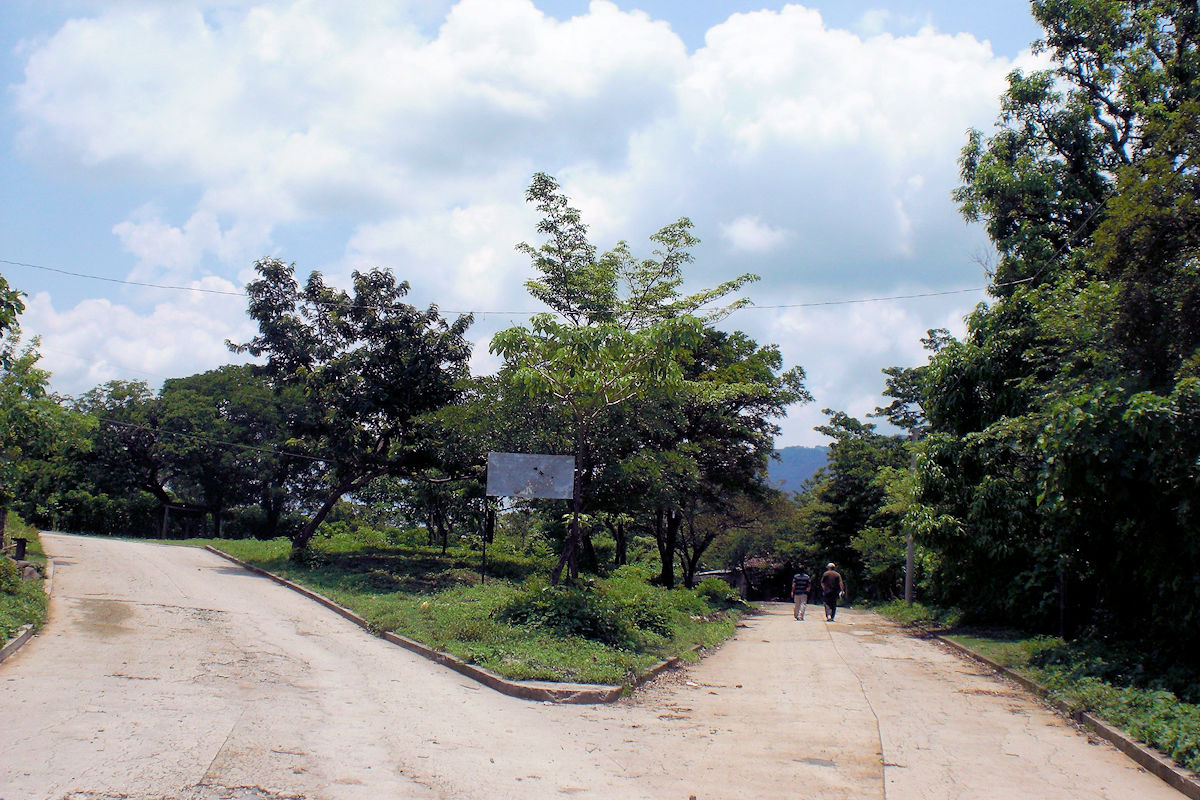
While to the south are the departments of San Salvador, La Libertad, and Cuscatlán, and to the west are the department of Santa Ana. On the other hand, it has a territorial extension of 2017 km2 divided into 33 municipalities, which makes it one of the largest departments of El Salvador.
Its municipalities are organized as follows:
- Chalatenango is the capital of the department and is composed of 7 cantons.
- Agua Caliente with 7 cantons.
- Arcatao with eight cantons.
- Azacualpa with 2 cantons,
- Citalá with eight cantons.
- Comalapa with four cantons.
- Concepción Quezaltepeque with 6 cantons.
- Dulce Nombre de María with 9 cantons.
- El Carrizal with 4 cantons.
- El Paraíso with 3 cantons.
- La Laguna with four cantons.
- La Palma with seven cantons.
- La Reina with seven cantons.
- Las Vueltas with 7 cantons.
- Nombre de Jesús with 6 cantons.
- Nueva Concepción with 11 cantons.
- Nueva Trinidad with 7 cantons.
- Ojos de Agua with seven cantons.
- Potonico with four cantons
- San Antonio de la Cruz with four cantons.
- San Antonio Los Ranchos with the canton “El Gramal”.
- San Fernando with five cantons.
- San Francisco Lempa with two cantons.
- San Francisco Morazán with 9 cantons.
- San Ignacio with 7 cantons.
- San Isidro Labrador with 5 cantons.
- San José Cancasque with 4 cantons.
- San José Las Flores with 6 cantons.
- San Luis del Carmen with four cantons.
- San Miguel de Mercedes with five cantons.
- San Rafael with four cantons.
- Santa Rita with four cantons.
- Tejutla with 14 cantons.
Climate, flora and fauna
The climate in Chalatenango Department varies according to the region’s altitude, so its type and temperature will differ. For example, the highest zone is characterized by an average temperature from 0°C to 12°C. Its cool climate makes it the protagonist of the Ruta Fresca of El Salvador.
This region will have temperatures between 16°C and 22°C. In the hot season, it can exceed 24°C or even reach up to 30°C. On the other hand, in Chalatenango, we can find a great variety of animals.
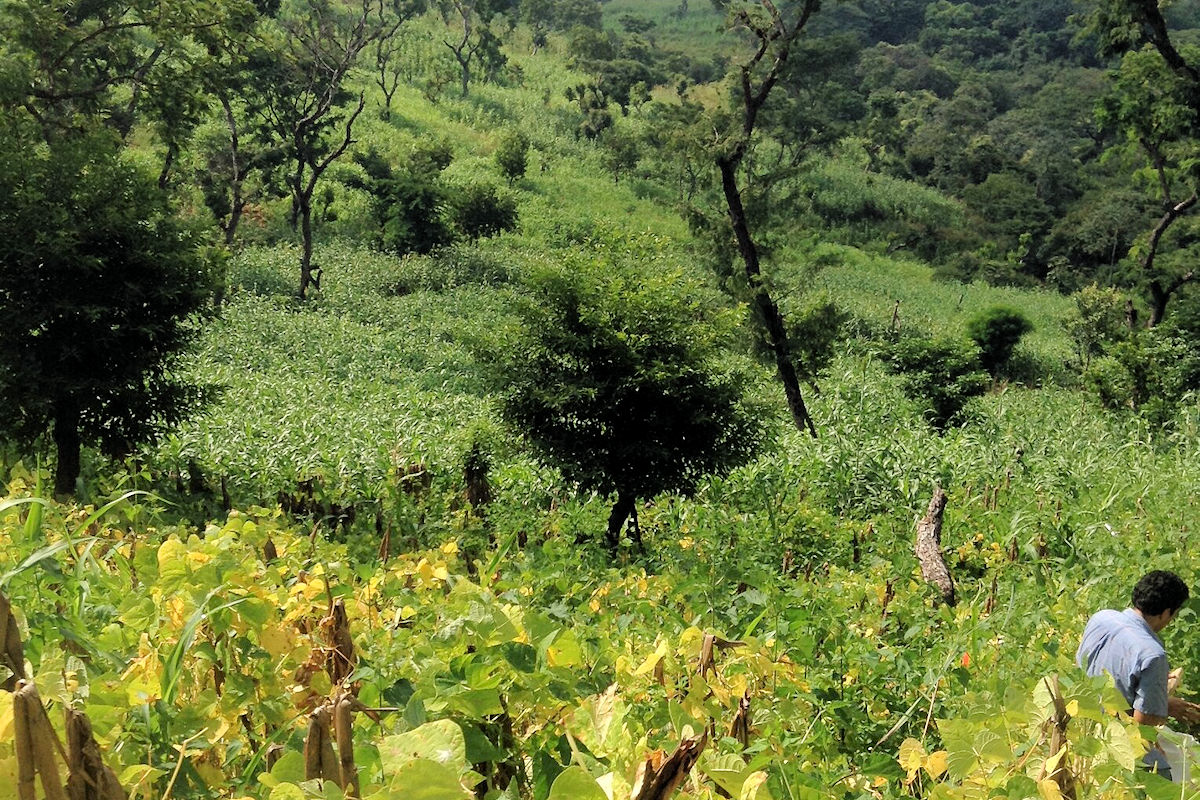
Its fauna comprises migratory birds at Cerrón Grande, torogoz, cusucos, and wildcats, among others. As for the flora, a great abundance of wildflowers grow in its forests and towns. Also, tree species include pine, oak, cypress, fruits, vegetables, and more.
Culture and customs in Chalatenango Department
Much of Chalatenango Department is part of the Spanish traditions brought by the colonizers. An example is the sense of religiosity that has remained among the Chalatenango people.
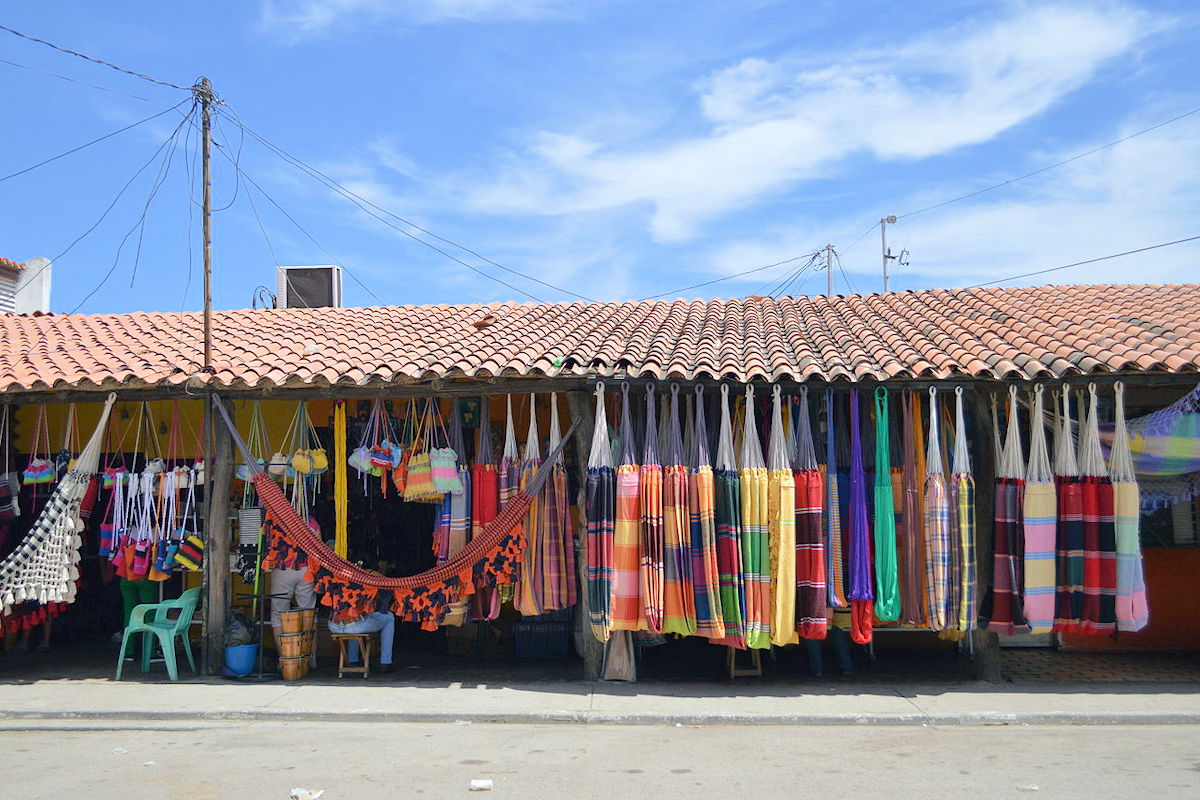
In this sense, among the essential customs are “Los come to Bofe” and “El Chicle Chalateco.” The first arose before the war and was the food the peasants took with them on their travels; some still preserve the tradition.
The second one is a candy prepared by the Chalateco people and eaten almost daily. To such an extent, they prefer to enjoy chewing gum while watching a movie instead of buying popcorn at the cinema.
In addition, Chalatenango is part of the Artisan Paradise Route, thanks to towns like La Palma, where colorful handicrafts are the special touch in each festivity and each of its streets, in which we see the most striking colors represented.
Festivals and gastronomy
Finally, we could not fail to talk a little about the festivities of Chalatenango, which are part of their most deeply rooted customs. It is the feast of San Juan Bautista, the patron saint of the department and the diocese.

This festivity begins on June 15 and culminates with commemorating the saint’s birth on June 24. Best of all, whether you come or not during the festivities, you will always have the opportunity to try the region’s most traditional dishes.
The most important are the nuégados, empanadas, tamales and fried yucca. However, above these is a variety of pupusas that are only prepared in Chalatenango. We are talking about the pupusas revueltas, which you can not miss during your visit.
